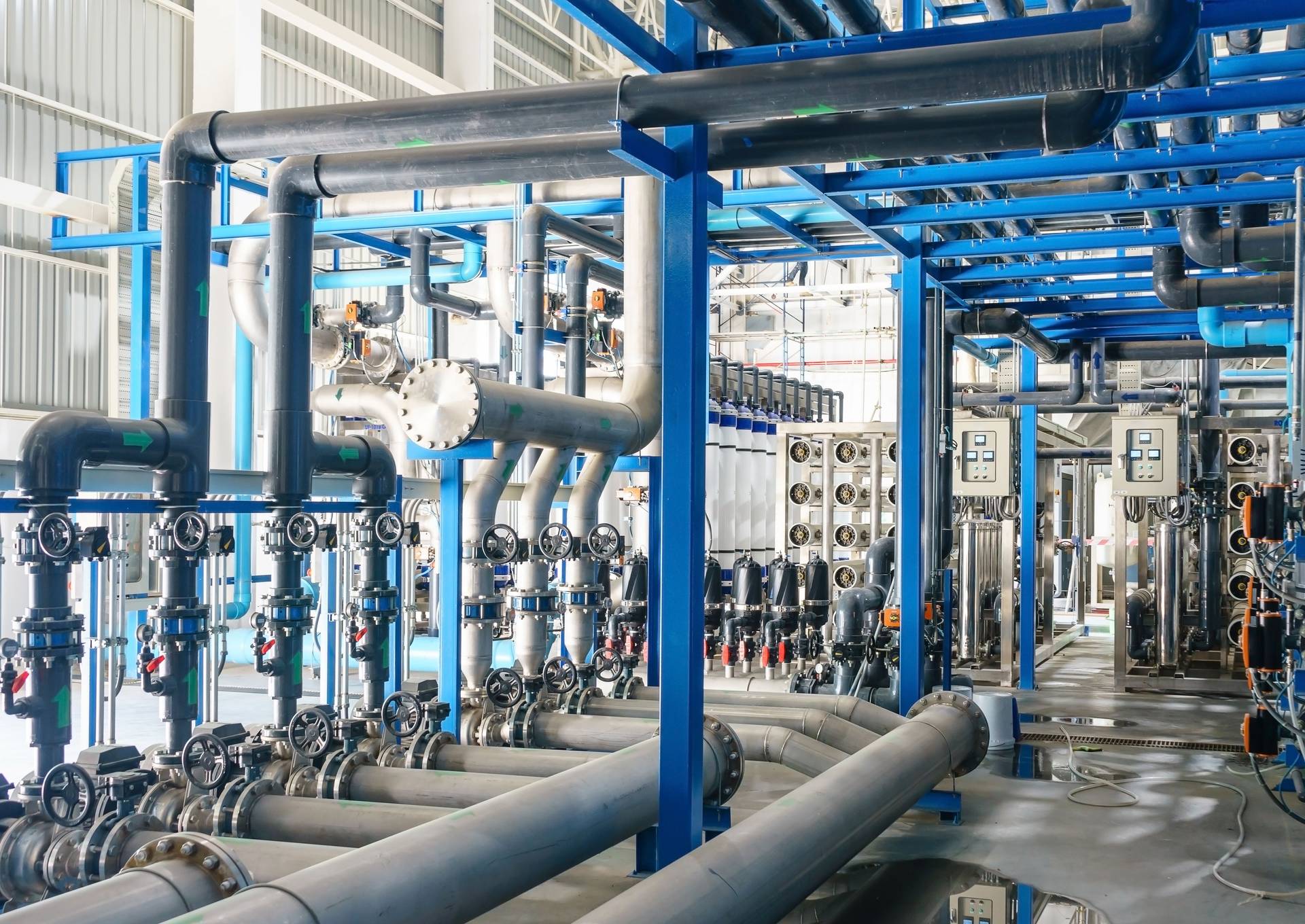
Wastewater as an asset for industries
Industrial users are seeking to become better stewards of water, not only by reducing water intake but by using water more efficiently. An increasingly popular area of focus is wastewater reuse, which is undergoing a quiet transformation from challenge to strategic asset.

Wastewater is undergoing a quiet transformation from challenge to strategic asset. This shift is driven by technical expertise, resource optimization, water scarcity and improved stewardship. In this article we explore the ways industrial water users are extracting greater value from this waste stream.
Industrial water usage
According to the US Environmental Protection Agency, industrial and manufacturing businesses use about 12 percent of the public water supply (epa.gov, 2023). This figure omits direct water withdrawals from surface and groundwater sources, which are estimated to be more than 18.2 billion gallons per day. Table 1 details the most common applications of water use among industrial users.
Table 1: How industry uses water

Many industrial and manufacturing businesses develop a water balance to identify where water enters and leaves their facility, how it’s used in between, and the water quality requirements at each point of use. With this information, the industrial water user can determine how best to implement a water reuse strategy, and whether use of treated municipal wastewater might be considered to offset potable water use.
Municipal effluent reuse at industrial facilities
Considerations for using treated municipal effluent at industrial facilities
Use of treated municipal wastewater effluent may be a good option for industrial water users if:
- The municipal water reclamation facility (WRF) produces enough effluent to supply most or all the industry’s water needs.
- The industrial facility is located close to the WRF, thereby minimizing pumping and conveyance investment and operational costs.
- The effluent quality meets the industry’s requirements. This may involve analyzing the water effluent characteristics beyond what’s usually monitored for discharge, such as for dissolved cations and anions, and microconstituents.
If these criteria are met satisfactorily, the next step is for the industrial user to determine how switching their water supply to treated effluent would impact operations. Considerations include:
- The level of microconstituents in the recycled water, and how they may be concentrated during industrial use, which may impact the wastewater discharge options.
- Any adjustment to the chemistry of cooling towers and increase in the blowdown rate.
- The ability of the WRF to accept the industrial wastewater once it has been used.
- The capital investment required to receive the reused water and who pays for it.
Municipal effluent reuse in practice
Industrial use of treated municipal wastewater effluent isn’t new. Industries in water-scarce regions, such as semiconductor manufacturing in California, started actively considering indirect potable reuse for their water needs in the early 2000s.
When a power plant operator wanted to install a combined-cycle facility in an area where the community water supply was at capacity, we advised them to utilize treated effluent from the municipal water reclamation facility (WRF) as the water source. The power plant required 4 million gallons per day (mgd) of water to operate their cooling towers. And since this activity doesn’t require potable drinking water, treated municipal wastewater effluent was the perfect solution. After some supplemental chlorine dosing, clarification and filtration, the effluent water was fit for purpose. Further, the WRF was able to accept the 1 mgd of blowdown water created by the cooling towers.
Industrial water reuse
The other option industrial water users can explore is reusing water within their facility. This is a good option when:
- Increased resiliency is needed in a water-scarce area, especially if the industrial user is looking to increase production.
- The facility’s existing wastewater treatment system already produces high-quality effluent that can easily be reused. Most industrial facilities already treat their wastewater to high effluent quality. Therefore, depending on the reuse purpose, it may only require minimal additional treatment to be able to reuse the water. For instance, there may need to be some tweaks to the existing treatment process and the addition of some improved filtration.
- Opportunities exist for point-of-use recycling. This provides an opportunity to not only recover water, but is also a good option for processes where the water and chemicals can be separated, allowing the chemicals to be recovered and returned to the process.
- Stringent effluent discharge requirements drive the use of advanced treatment processes.
Additional considerations include:
- Concentrated waste stream handling and disposal
- Storage of the treated water
- Microbial control
- Backup water supply if the reuse facility is offline for maintenance.
Industrial water reuse in practice
Restricted by a lack of water supply, a food processing facility located in a water-scarce area implemented water reuse to enable its expansion plans. They had very stringent discharge requirements for nutrients so already needed to treat their wastewater to a high quality. We helped them to install a new wastewater treatment facility that included screening, dissolved air flotation, a membrane bioreactor to address the nutrients and organics in the wastewater discharge, and UV disinfection. Reverse osmosis allowed them to recover more than 130,000 gallons per day of water for use in cooling towers and truck washing.
In summary
The reuse of wastewater by industry can significantly lower water withdrawals from local water sources, thereby increasing water availability and improving community relations. Whether utilizing water from the municipal WRF or in-house treatment, the initial set up cost to the industrial user can be off putting. For this reason, we recommend undertaking a triple bottom line analysis that accounts for holistic benefits associated with such investment.
To hear more on the topic of industrial reuse, check out this video featuring AECOM’s Global One Water Director, Vijay Sundaram, and Industrial Water and Wastewater Technical Practice Director, Lucy Pugh.